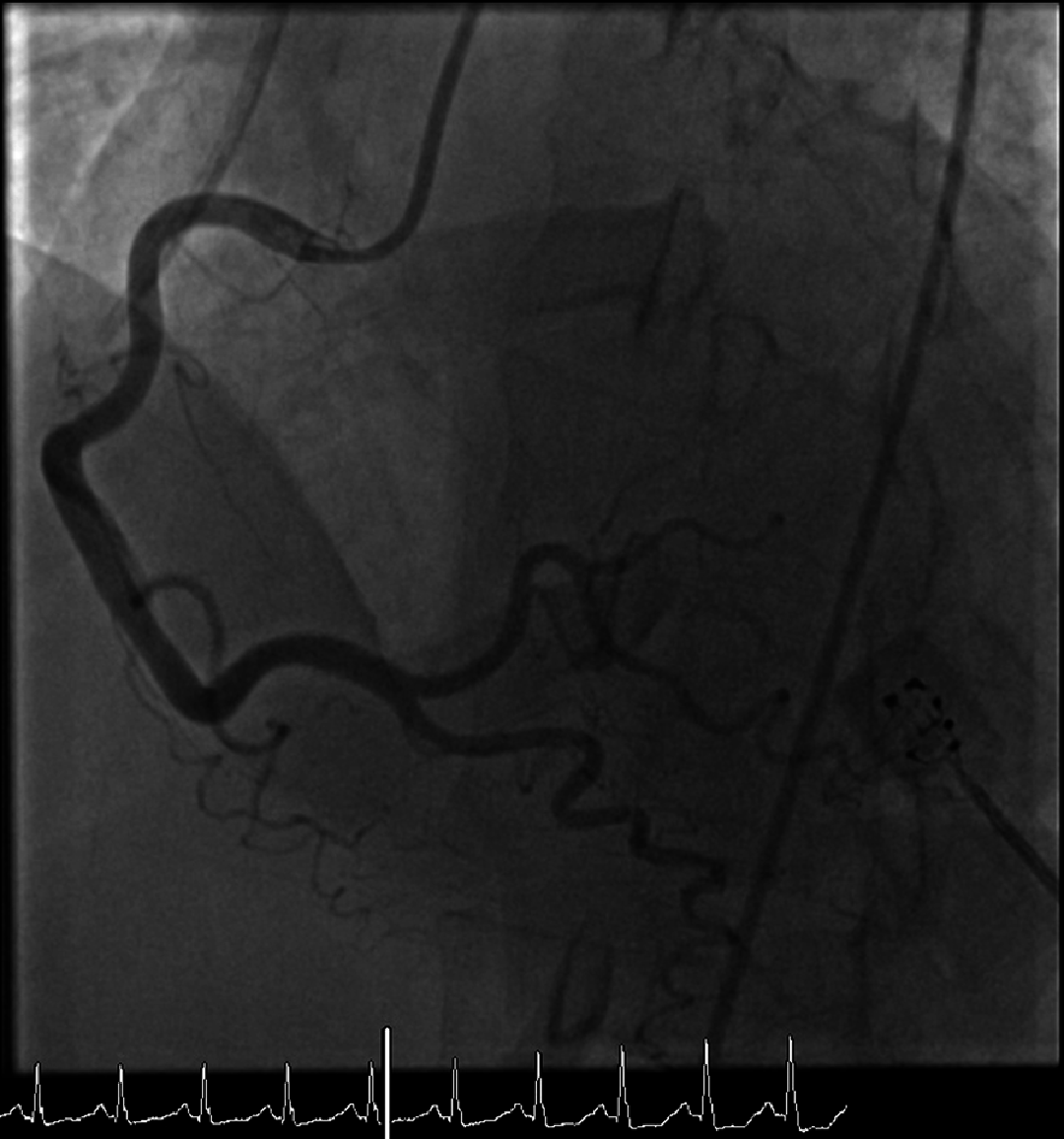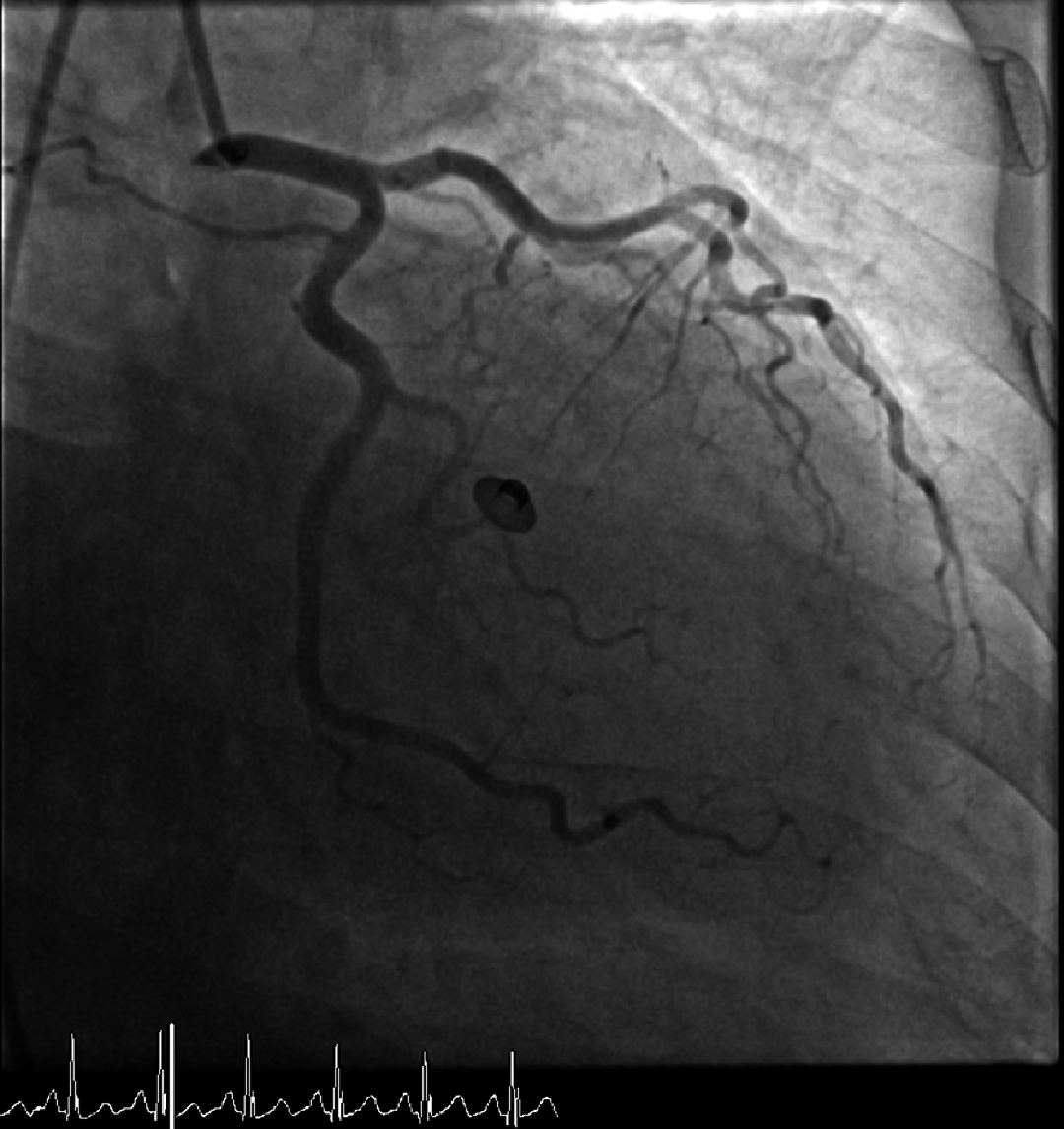Takotsubo cardiomyopathy secondary to alcohol withdrawal
- PMID: 36339672
- PMCID: PMC9629299
- DOI: 10.21542/gcsp.2022.6
Takotsubo cardiomyopathy secondary to alcohol withdrawal
Abstract
Physical, mental, and emotional stressors have been well known to adversely affect cardiac function. A rare complication of such stressors is stress cardiomyopathy, otherwise known as takotsubo cardiomyopathy. First identified in Japan in the 1990s, takotsubo cardiomyopathy classically presents with systolic dysfunction and apical ballooning. In this report, we present the case of a patient with a medical history of alcohol abuse who presented to the emergency department after being found unresponsive by her family. Transthoracic echocardiography revealed takotsubo cardiomyopathy, which was likely secondary to alcohol withdrawal. Alcohol withdrawal causes an imbalance between various neurotransmitters such as GABA and glutamate. This imbalance caused autonomic overactivity, which manifested as stress cardiomyopathy.
Copyright ©2022 The Author(s).
Figures
References
-
- Kurowski V, Kaiser A, von Hof K, Killermann DP, Mayer B, Hartmann F, Schunkert H, Radke PW. Apical and midventricular transient left ventricular dysfunction syndrome (tako-tsubo cardiomyopathy): frequency, mechanisms, and prognosis. Chest. 2007;132(3):809–816. doi: 10.1378/chest.07-0608. doi: - DOI - PubMed
Publication types
LinkOut - more resources
Full Text Sources


